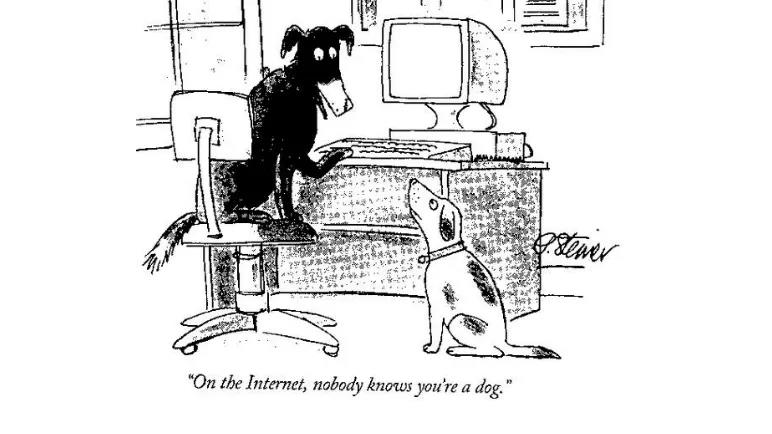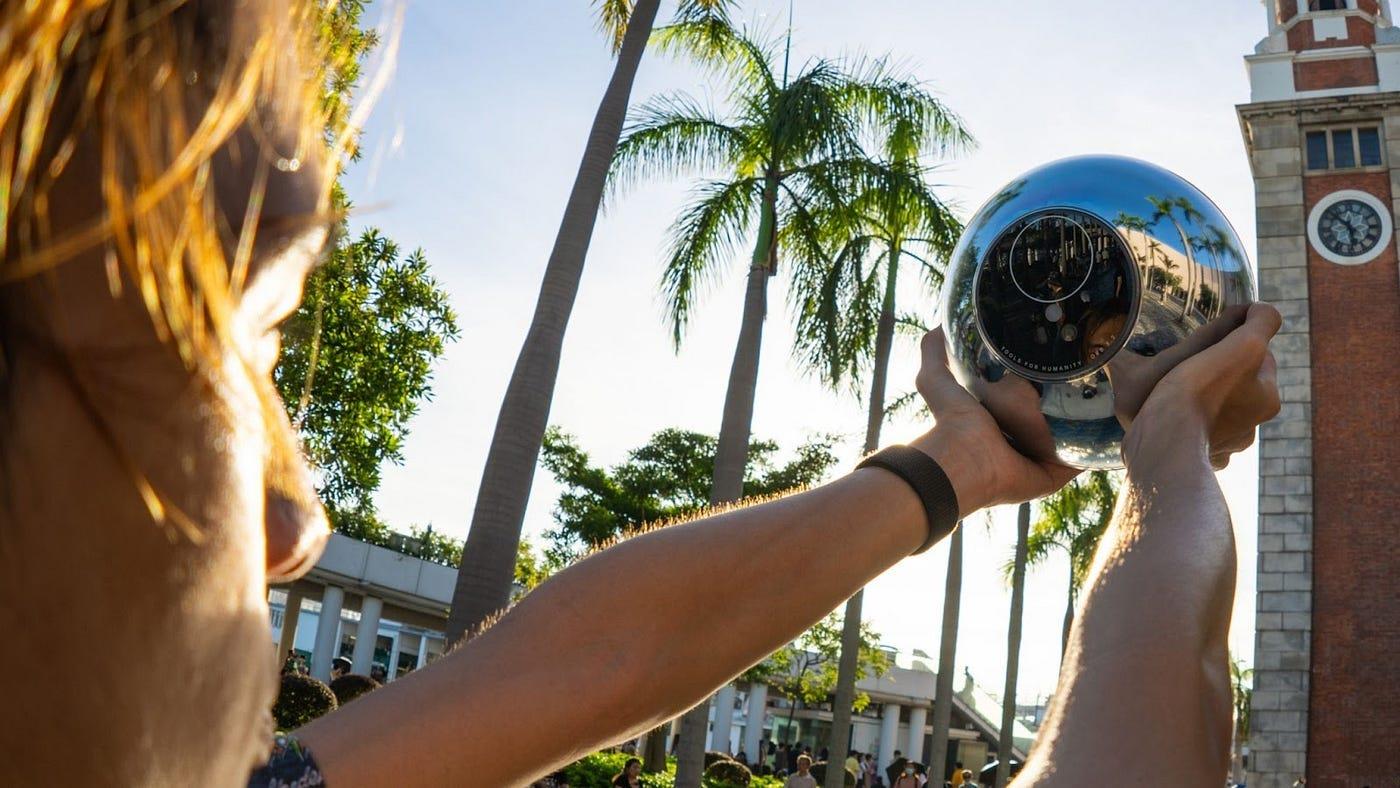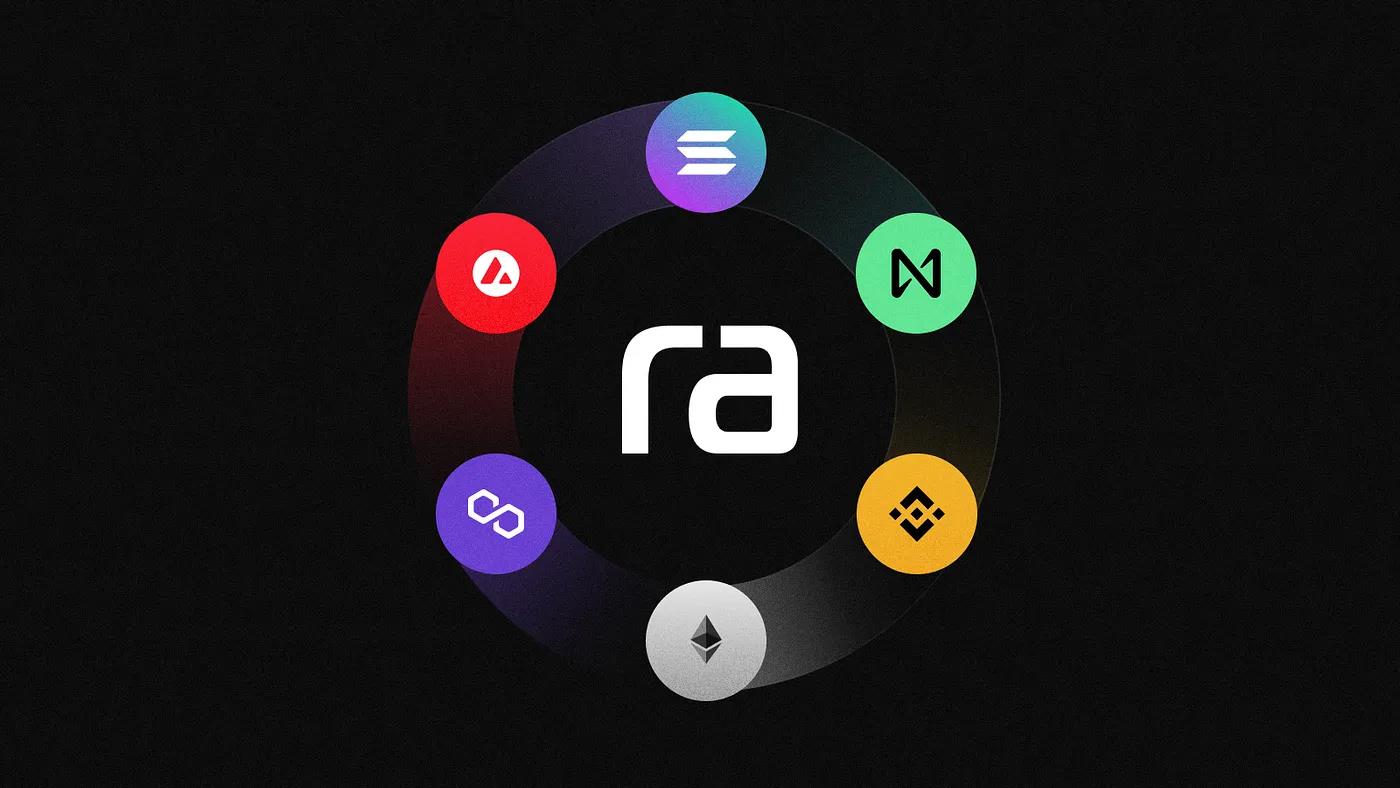Why is identity proof in Web3 so important?
Why is identity proof in Web3 important?Author: Rarimo
Translation: Deep Tide TechFlow
In 1993, when the World Wide Web entered the public domain, The New Yorker magazine published a now-classic cartoon: “On the internet, nobody knows you’re a dog.” This sketch depicted a computer-savvy dog introducing the possibilities of online personas to his companions, and it was quickly copied as a warning that people may not be who they claim to be in the anonymous corridors of the internet.

- Exploring the Path of MEV Redistribution
- Will the performance improvement of Arbitrum make it a paradise for Web3 games?
- Reviewing the NFT Cold Winter of the past half year Who is ‘surrendering’ and who is growing against the trend?
However, despite the efforts of internet users at the end of the 20th century to remain vigilant, the most dangerous threat users face today is bots. These autonomous programs are dangerous not because they represent the one-on-one, personalized deception of traditional dogs or human adversaries, but because they have the ability to replicate infinitely and overwhelm the entire system.
Take the 2016 US presidential election as an example. There were rumors that Russia used bots to flood Twitter with content supporting Trump, leading to widespread distrust in the democratic process. Although this incident was never fully resolved, it highlighted how bots can often be a force of concentration, enabling an individual or organization to build an army from scratch. With the development of artificial intelligence, this risk has been escalating over the years and recently reached a critical climax with the release of generative models.
Blockchain as an Anti-Bot Infrastructure
Fortunately, preventing such attacks has always been at the core of blockchain design. As a permissionless network, blockchain allows anyone to participate, including adversaries who may wish to control the network by impersonating multiple participants. The Bitcoin whitepaper of 2009 caused a sensation in the field of computer science because the proof-of-work mechanism demonstrated that an open network could be maintained by keeping the majority honest. If you want to impersonate a thousand people, you have to do the work of a thousand people, and the cost will increase a thousandfold.
Therefore, the most promising measures to prevent bot attacks are emerging in Web3. Of particular importance are the Proof of Humanity (POH) solutions, also known as Proof of Personhood (POP). These solutions provide cryptographic evidence that proves a user is human and not a bot, while not revealing any additional information about the user. This emphasis on privacy distinguishes POH from identity solutions in the real world and Web2, which often require personal details such as address or date of birth.
From social media to DAO voting, or from managing airdrops to gated reward programs, the range and number of applications and platforms that can leverage POH solutions are limitless.

About POH, Vitalik’s perspective
In his recent blog post “My View on Biometric Personhood Proof,” Ethereum founder Vitalik Buterin wrote that the POH solution is “one of the most valuable tools that people in the Ethereum community have been working hard to build,” but it is also “one of the most challenging.” This is because the POH solution not only requires providing irrefutable proof, but also maintaining privacy and adhering to other Web3 principles, including user ownership and decentralization.
There are already a series of solutions, but the Web3 community has debates on which solution is the most robust. To fully understand the subtle differences between different methods, we recommend reading Vitalik’s blog, where he compares biometric and social graph-based approaches. However, he summarized his thoughts as follows:
There is no ideal form of personhood proof. Instead, we have at least three different method paradigms, each with its own unique advantages and disadvantages.
In a way, the POH solution is like an ice cream flavor, where personal preference often plays a decisive role. For some people, biometric solutions like Worldcoin’s “Orbs,” which use dedicated hardware devices with a spherical, futuristic appearance to scan people’s irises, may seem too dystopian. However, the sphere only calculates and stores the hash value of the user’s iris scan, which means that even in highly unlikely worst-case scenarios, the amount of personalized data that could be leaked is negligible. Therefore, for other users, this privacy guarantee makes Orb very non-intrusive.

Why does the POH solution need aggregation?
Due to the many trade-offs between different types of personhood proof solutions, it is difficult to popularize a single verification method, and Web3 does not want that either. Because if one method becomes too prevalent and becomes the only way to access the services we are familiar with and love, users will be forced to choose between consent or exclusion. Selectivity is the key to freedom, allowing users to maintain control over their identity.
For this reason, Rarimo has decided to aggregate the four largest identity providers in the space: Worldcoin, Unstoppable Domains, Gitcoin, and Civic, to become the world’s first dApp personhood proof plugin. This allows applications and platforms seeking to protect users from bot attacks to automatically integrate with multiple providers instead of spending time and resources cooperating with each individual provider, and allows users to choose their preferred provider.
Privacy
After selecting a provider, users generate an on-chain proof that verifies they meet the requirements that only real humans can meet. These proofs themselves utilize zero-knowledge (ZK) technology, making the aforementioned goal a reality, where even if one party (in this case, the user) proves to the other party (in this case, the platform) that a statement (in this case, that they are human) is true, no additional information is revealed.
For example, if users choose UnstopLianGuaible Domains as their provider, Rarimo will enable them to generate a Proof of Humanity, based on ownership and payment from a bank account, among other complex steps that cannot be performed by robots, but the name of the domain will not be disclosed.
Why do we need Multi-chain POH?
As an interoperability protocol, Rarimo also makes all proofs immediately multi-chain and available across all networks. This allows any dApp and smart contract on any chain to interact with the plugin and ensures that users can not only freely choose providers but also select their preferred network.
Just as having multiple providers is crucial for the health of the digital identity ecosystem, having multiple chains is equally important for Web3’s health. Because chains also involve trade-offs, meaning that no single chain can provide all the infrastructure needed for the ecosystem. For example, the more decentralized a blockchain is, the less scalable it is. The more secure it is, the fewer smart contract functionalities it has. By enabling users to seamlessly switch between platforms or networks, Rarimo once again strives for diversity and maintains selectivity.

Among the possible solutions, Proof of Humanity constitutes an early blueprint and provides a valuable example of how blockchain technology addresses the challenges brought by artificial intelligence in terms of traceability, anonymity, and security.
Through Proof of Humanity, we can ensure that participants in the online world are real humans and not robots. The traceability of this verification means that we can track and verify the source and authenticity of each proof. Anonymity protects the privacy of users who can undergo verification without revealing personal identity information. In addition, the security provided by blockchain technology ensures the immutability and anti-counterfeiting of the proofs.
Over the past year, AI-generated music, poetry, and images have flooded the internet. It is crucial to be able to distinguish between content generated by humans and content generated by machines in the fight against misinformation.
Proof of Humanity provides an early example for possible solutions, demonstrating how blockchain technology provides traceability, anonymity, and security to address the challenges brought by artificial intelligence. It paves the way for the next generation of infrastructure and plays a central role in ensuring that Proof of Humanity plays a positive role in Web3.
We will continue to update Blocking; if you have any questions or suggestions, please contact us!
Was this article helpful?
93 out of 132 found this helpful
Related articles
- Is the golden age of scamming over? Connext’s witch-hunting program goes awry, community poisoning becomes the norm.
- LianGuai Observation | Connext Witch Hunt Program Provokes Public Anger, Poisoning may be the only solution?
- Reviewing the Development History of Web2 Game Engines and Exploring the Future Development Path of Full-Chain Games
- Intent-driven Best practices for Web3+AI?
- In-depth analysis of Pendle LSDfi integrates RWA DeFi Lego to stack new puzzle blocks
- Exclusive Interview with Connext Adopting a Points Mechanism to Determine the Number of User Airdrops, with Plans to Expand to 20 Chains by the End of the Year
- LianGuai Daily | Grayscale Wins Lawsuit Against the US SEC; Ethereum Foundation Launches Ethereum Execution Layer Specification




